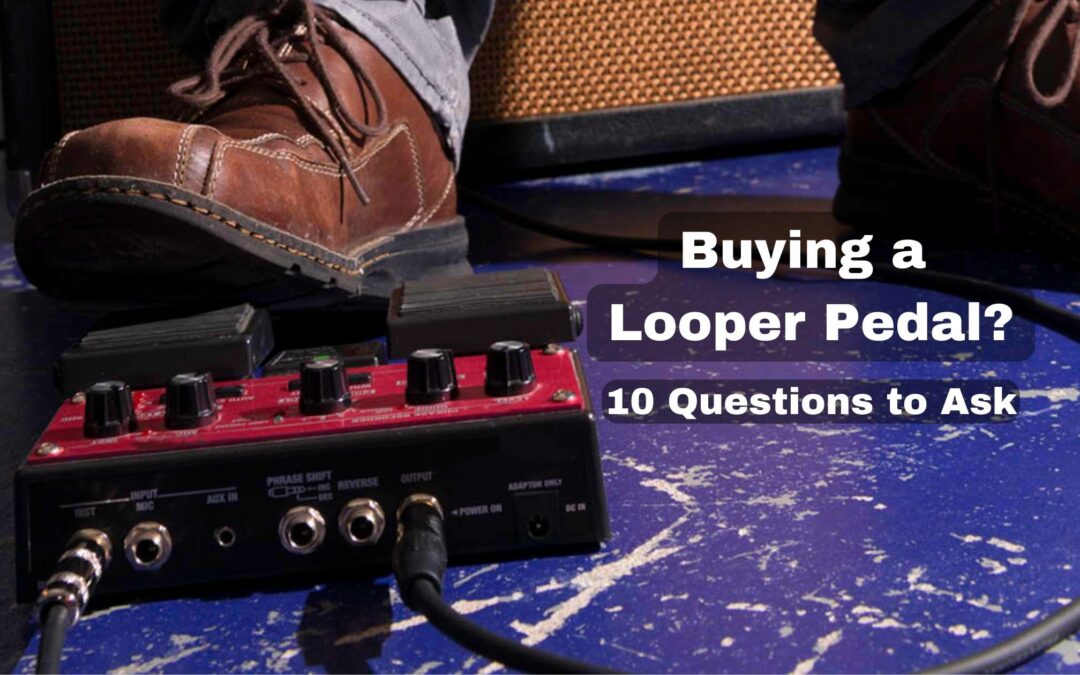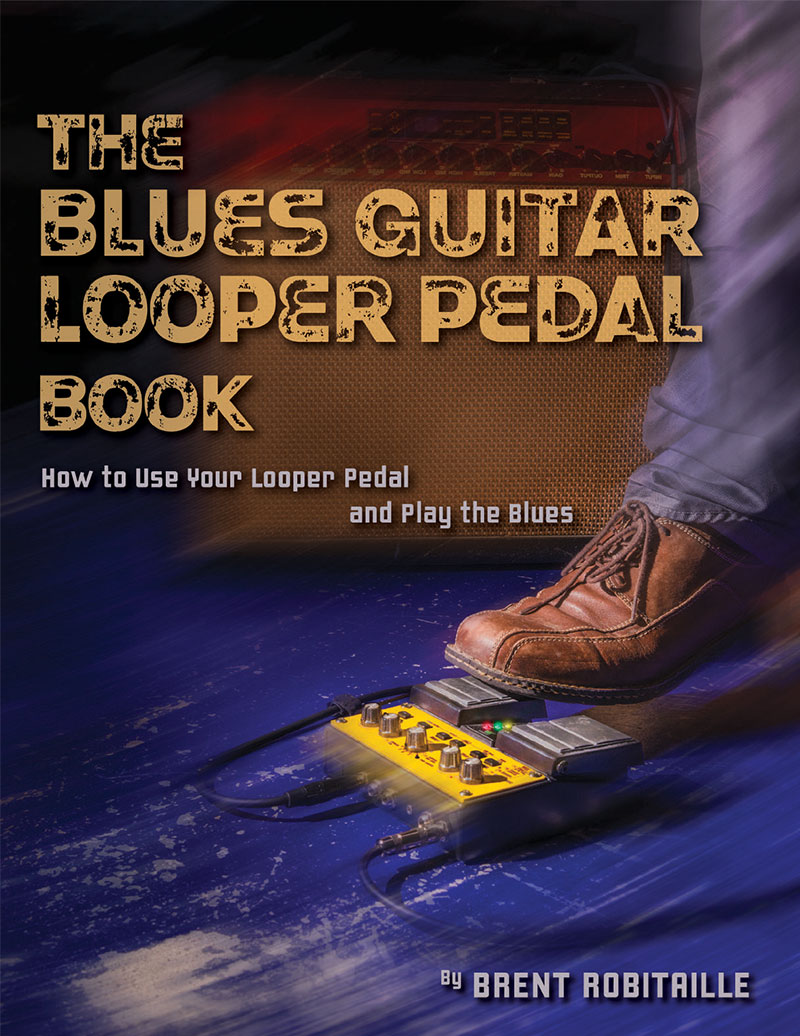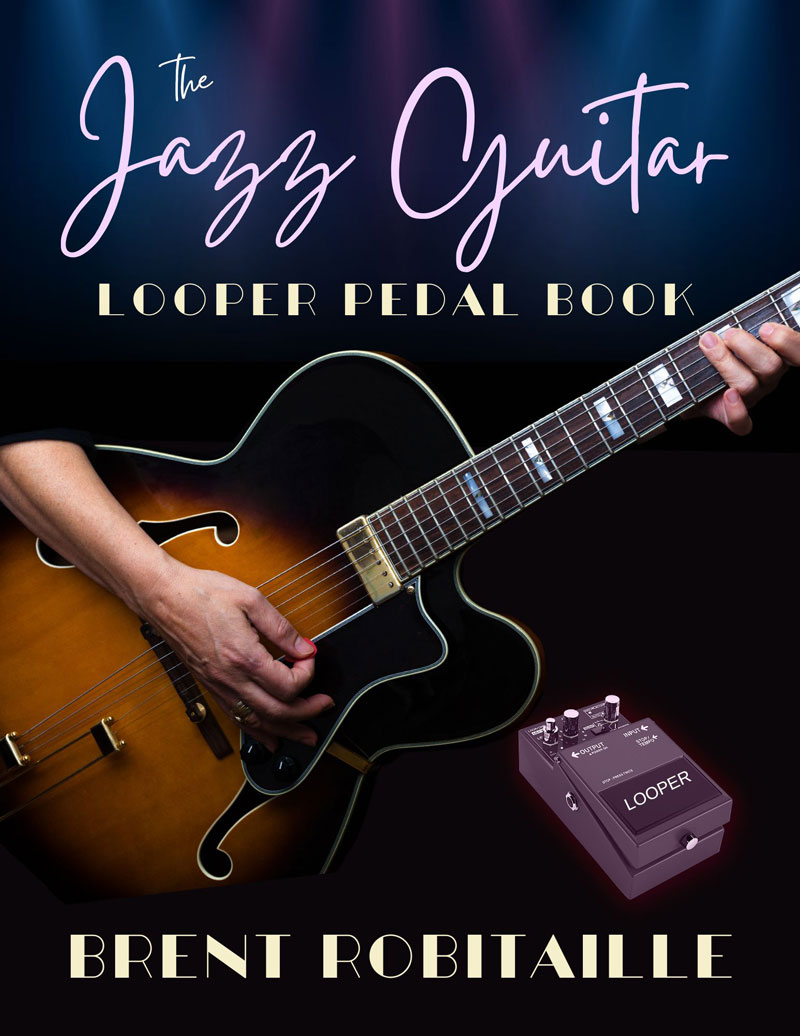A Brief History of the Looper Pedal
From the beginning, the concept of looping has remained the same: to record a segment of music and have it repeat automatically while other parts can be overdubbed or played live. It began with composers splicing and joining audio tape to form a “loop” that could repeat recorded sounds and music by changing the record’s position and playing heads on a reel-to-reel player.
The original tape loopers were recorded on a single “track” and were destructive or volatile after the machine was turned off. The introduction of the “Echosonic” followed by the “Echoplex” further developed live looping with the first commercial tape delay effects used by guitarists Chet Atkins, Carl Perkins, and Scotty Moore.
Eventually, companies like Roland and Digitech produced the first “digital” looper pedals for guitarists and other instruments.
Today, loopers can record countless loops on multiple tracks that can be stored in digital memory or transferred to a computer for later use. A multi-track looper is unnecessary to get great-sounding loops; single-track loopers with an overdub function can produce excellent results with minimal effort.
For beginner loopists, watch the video below or read this lesson on how to make a great guitar loop.
Want to improve your loops? Check out this post on the Top 10 Guitar Looper Pedal Tips.
Or get one of my books: The Blues Guitar Looper Pedal Book and The Pop Rock Guitar Looper Pedal Book.
If you are into jazz then check out The Jazz Guitar Looper Pedal Book.
Top 10 Tips to Buy the Best Guitar Looper Pedal
Choosing a looper pedal usually depends on function and budget; fortunately, there are many to choose from at relatively low prices. The technology has dramatically improved, with most loopers offering excellent resolution and lots of bells and whistles.
Here are the top ten questions to ask if you are buying or upgrading your looper pedal:
Question 1
How much memory is onboard? If you plan on recording longer loop patterns and storing them for later use, then a unit with more memory is better. If you want to save your loops to your computer, look for one with a USB connection.
Question 2
What are the bit rate and resolution? A higher bit rate, like 24-bit with 96k resolution, will help keep the recorded loops nice and clean.
Question 3
All looper pedals have a simple start, overdub, and stop button, but does it also have an undo or redo function? The undo button is a handy feature when you make a mistake and don’t want to repeat the entire loop.
Here’s another example from my book, the Blues Guitar Looper Pedal Book:
Question 4
Is there a tempo guide and a tap tempo function? When recording loops, it’s easy to stop the initial recording either too early or late, creating an uneven loop length. Using a tempo guide will help keep the loop quantized. Some loopers have built-in drum machines, but a simple metronome and flashing light will keep the loop lengths even. A tap tempo feature lets you “tap” the tempo the metronome or drum machine will play before you start recording.
Question 5
Will you use the looper with other instruments or a mic? If so, look for a looper with at least two separate inputs, such as an XLR and stereo ¼ jacks. Of course, you can always connect your looper to a mixer and add other instruments and mics. Several brands have a 1/8″ aux input to record from a phone or mp3 player.
Question 6
Do you want to add effects? Some loopers have built-in effects that can modulate the recorded loop, like the reverse loop, half-speed, stutter, etc. An FX send/return is useful if you plan on adding other guitar effects like an octaver or tuner. However, you can always add effects to your pedal chain before the looper.
Question 7
Do you need stereo or multiple outputs? If you are only using a guitar amp, then a mono-out should work fine, but if you want to send a stereo signal to the mixer or two amps, make sure there is a stereo out.
Check this multi-layered loop of Pink Floyd’s Goodbye Blue Sky:
Question 8
Does it run on battery power? Most loopers run on a 9-volt battery with an adapter option. Does the looper come with an adapter?
Question 9
How big is the looper? Most loopers are relatively small, but if you plan on using one on your effects board, get the dimensions beforehand.
Question 10
Is the looper easy to manipulate? Running the looper can be complex as you create more intricate loops. Ease of use and access to the controls will be important in a live situation. The best way to control the looper is with a ctrl (controller) footswitch. The ctrl input will allow you to connect a separate footswitch to control most functions on your looper.
So many looper options
I suppose the first should have been how much does it cost? Fortunately, there are many options and price ranges, not even considering the used market. I’ve seen loopers as low as $49 and as high as $1000. So, price shouldn’t be a concern, but like most things, you get what you pay for. Good luck!
Need help with your rhythm or music theory? Click the links for more free music lessons.
Leave any comments or suggestions for more looper lessons below.
[yop_poll id=”7″]
The Blues Guitar Looper Pedal Book
In the Blues Guitar Looper Pedal Book, you will learn how to use your guitar looper pedal and play the blues like a pro. The looper pedal is an excellent companion for any blues guitarist. Master essential looping techniques while your improve your blues guitar playing.
The Pop Rock Guitar Looper Pedal Book
Learn how to use your looper pedal and improve your pop & rock guitar playing in the Pop Rock Guitar Looper Pedal Book.30 practice loops from 2 to 16 bars divided into 5 separate parts: riffs, bass, chords, rhythm, and an extra optional part. Also, instructional materials on looping and improvising tips, pop & rock chord progressions, scales & fingerboard charts. 168 pages.
How to Use Your Guitar Looper Pedal to Play Pop Rock Music
Jazz Guitar Looper Pedal Book
NEW RELEASE NOW AVAILABLE!
In The Jazz Guitar Looper Pedal Book, much time was taken to add essential looper techniques, theory, reference charts, riffs, chords, scales, arpeggios, tips, and more. So, this book is great for your looper and for learning and improving your jazz playing in general.
• Practice jazz guitar with the aid of a looper pedal.
• Learn how to create layered loops step by step.
• Hundreds of riffs and essential theory tips.
• Technique, scales, chords and valuable charts.
• Extensive accompanying audio and video online.
• Jam-packed book with 221 pages.



